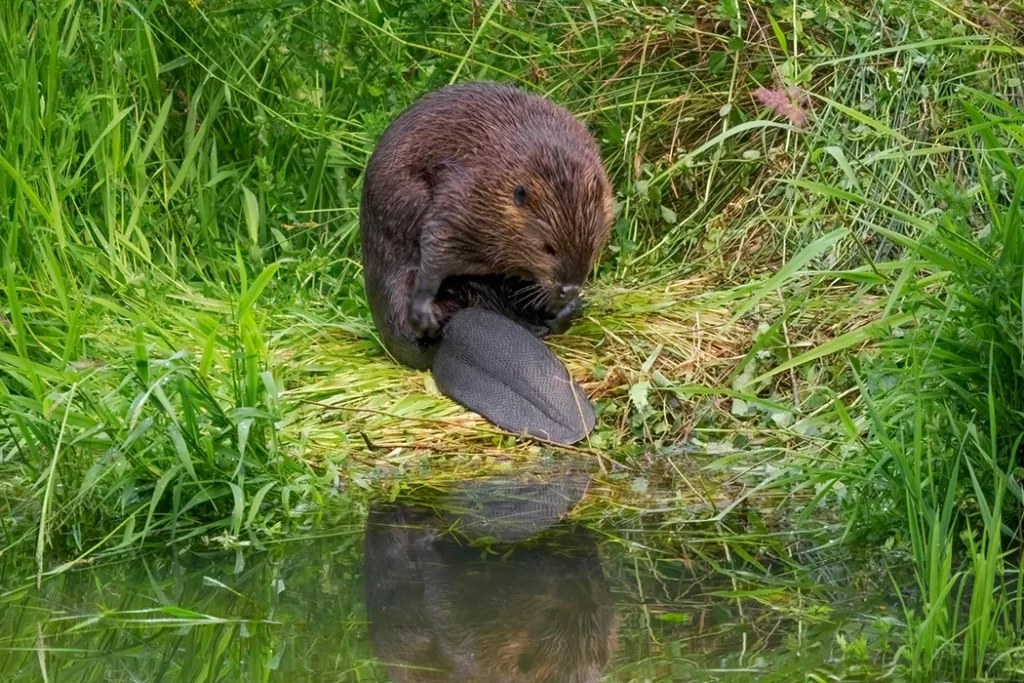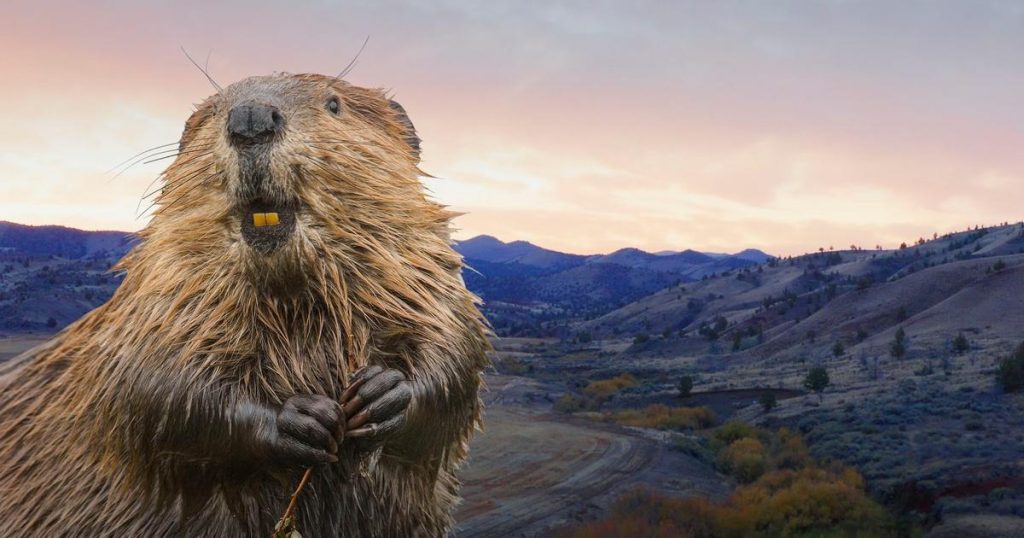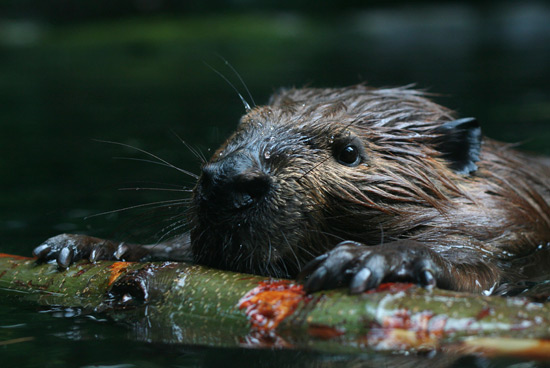
Beavers are rodents found in North America, Europe, and Asia. They are known for their ability to build dams and lodges in rivers and streams. However, climate change is having a significant impact on beaver populations and their habitat. In this article, we will discuss the various effects of climate change on beavers and how it is altering their behavior, habitat, and survival.

- Changes in Water Flow:
One of the most significant impacts of climate change on beavers is the changes in water flow. Warmer temperatures and changes in precipitation patterns are altering the flow of rivers and streams, which can affect beaver habitats. For example, droughts can reduce water levels, making it harder for beavers to build their dams and maintain their lodges. In contrast, heavier rainfall can lead to flooding, which can damage beaver dams and lodges.
- Habitat Loss:
Climate change is also contributing to the loss of beaver habitat. Higher temperatures are leading to the melting of permafrost, which can cause land subsidence or collapse. Subsiding land can cause flooding, which can destroy beaver habitat. Additionally, rising sea levels can lead to the loss of freshwater wetlands, which are critical habitats for beavers and other aquatic species.
- Changes in Vegetation:
Beavers rely heavily on vegetation for food and building materials. However, climate change is altering the vegetation in beaver habitats. Warmer temperatures and changes in precipitation can affect the growth of trees, shrubs, and other plants that beavers rely on. In some cases, beavers may have to travel further to find suitable vegetation, which can lead to increased competition with other beavers or predators.
- Impacts on Migration:
Climate change is also affecting the migration patterns of beavers and other species. In some areas, beavers are moving further north to find suitable habitats as temperatures warm. However, this can lead to conflicts with other species in their new habitats. Additionally, beavers may have to travel further to find food and suitable habitats, which can be stressful and increase their risk of predation.
- Changes in Stream Ecosystems:
Beavers are important ecosystem engineers that play a critical role in shaping stream ecosystems. However, climate change is altering stream ecosystems in ways that can affect beavers. For example, changes in water flow, vegetation, and temperature can affect the fish and other aquatic species that beavers rely on for food. Additionally, climate change can alter the nutrient and sediment levels in streams, which can affect the growth of plants that beavers rely on for food and building materials.
- Impacts on Other Species:
Beavers are an important keystone species that play a critical role in shaping aquatic ecosystems. Changes in beaver behavior and habitat can have significant impacts on other species in these ecosystems. For example, beaver dams can create wetlands that provide critical habitats for fish, birds, and other wildlife. However, changes in water flow, vegetation, and temperature can alter the dynamics of these ecosystems, which can affect the survival of other species.
- Extinction Risk:
Overall, climate change is increasing the extinction risk for some beaver populations. For example, in areas where beavers rely on permafrost for building materials, the melting of permafrost can make it harder for them to build their dams and lodges. Additionally, changes in water flow, vegetation, and habitat can reduce the suitability of some areas for beavers to live and reproduce.

In conclusion, climate change is having a significant impact on beavers and their habitat. Changes in water flow, vegetation, habitat, and ecosystem dynamics are altering the behavior and survival of beavers. Additionally, these changes can have significant impacts on other species in the ecosystems where beavers live. Protecting beaver populations and their habitats is essential for maintaining the health and resilience of aquatic ecosystems. Implementing measures to mitigate the effects of climate change is critical for protecting these important species and their habitats.